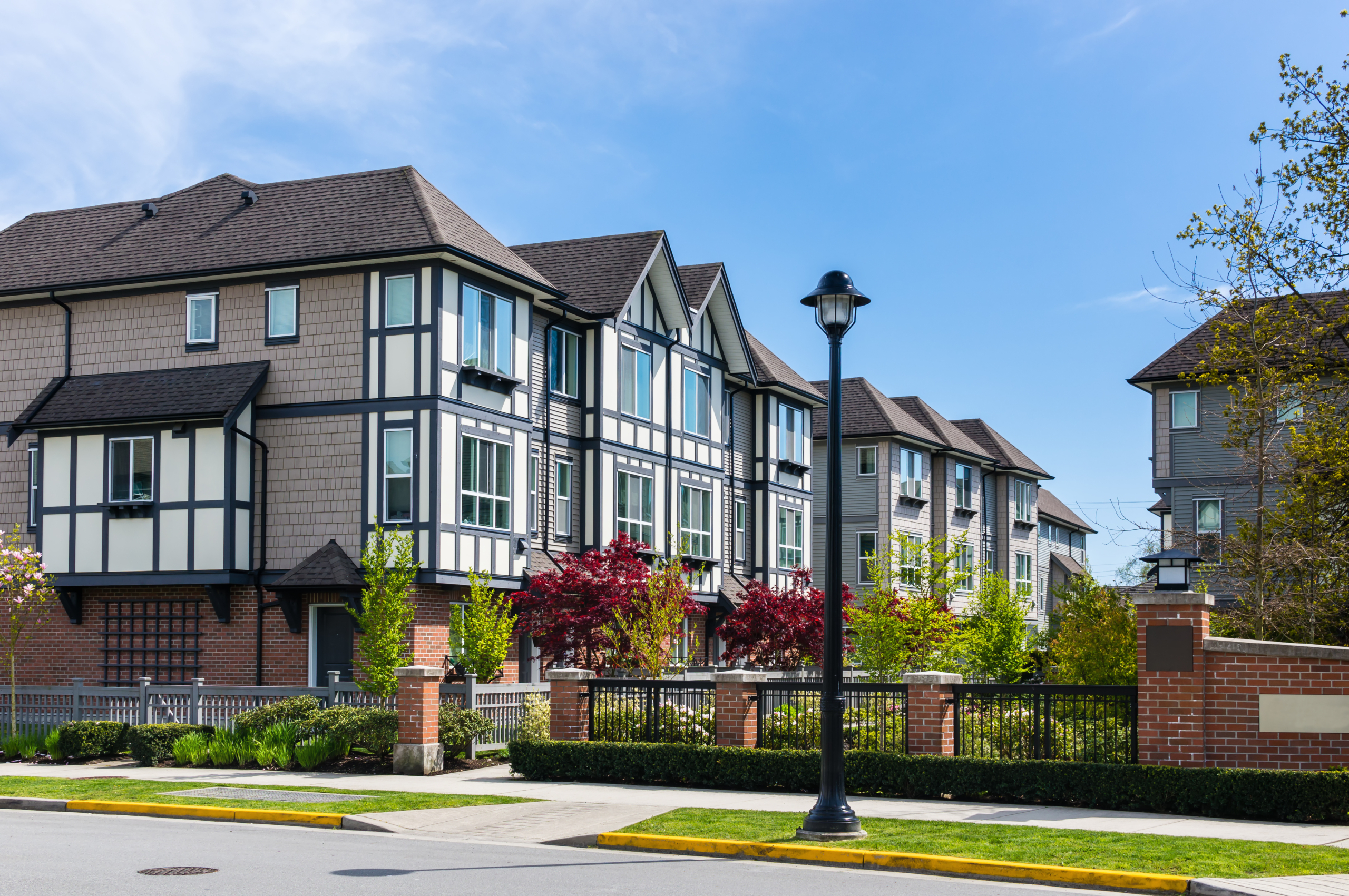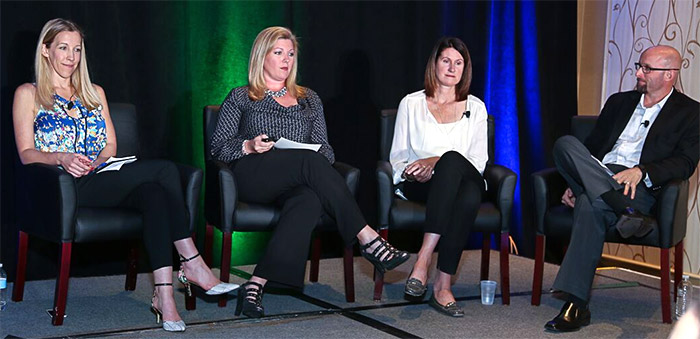Marketing a Property's Identity: Branding Innovations

November 3, 2015
4 min read
 How do you make your property stand out in the minds of renters? According to three of multifamily’s top marketers, Melanie Flaherty, vice president of marketing at Carmel Partners, Ryan Perez, vice president of marketing at Landmark Apartment Trust, and Holli Beckman, vice president of marketing and leasing operations at WC Smith, the key to differentiation is how you create and ultimately market your property’s identity.
How do you make your property stand out in the minds of renters? According to three of multifamily’s top marketers, Melanie Flaherty, vice president of marketing at Carmel Partners, Ryan Perez, vice president of marketing at Landmark Apartment Trust, and Holli Beckman, vice president of marketing and leasing operations at WC Smith, the key to differentiation is how you create and ultimately market your property’s identity.
Whether you’re working on a luxury lease-up with a blockbuster budget or a value-add rehab on a shoestring (or less), there are exciting and effective ways to promote your brand — no matter how many resources you can allocate.
The three marketing executives shared their top “lessons learned” and served up a hefty dose of marketing inspiration (and envy) during a panel discussion moderated by Joe Summers, senior regional manager of rentals at Zillow Group, as part of the inaugural Zillow Group Multifamily Forum in New Orleans last week, an event that brings together top multifamily professionals and Zillow Group leadership to share ideas and insights around the latest marketing innovations and renter trends.
Branding your Class A lease-up
For Flaherty, the key to her boutique approach to branding is taking a note from the hospitality industry. She looks at one of four themes — design, building style, location & heritage and destination — to make her messaging and property stand out from other properties in the neighborhood.
Themes to leverage in your brand positioning and messaging. #zgrentalsforum pic.twitter.com/hc59KSvTPu
— Laurel Zacher (@LaurelZacher) October 29, 2015
Design
If she’s taking a design approach, Flaherty says less is more. All collateral is an opportunity to create art. Her recently opened Eighth & Grand in downtown Los Angeles is an example of a highly designed branding play; the design elements, rather than resident or lifestyle photos, take center stage in promoting the brand.
Building style
When focusing on building style, look for features in the architecture or the natural environment around the community to help build authenticity and personality. If your building has distinctive 1960s architecture, for example, use it to inspire your marketing. Or, if your community is surrounded by old-growth trees, you can leverage this part of the natural environment to inspire an urban retreat.
Location and heritage
History and heritage can also serve as enticing starting points for a building’s identity. Find stories about your building or location to leverage in your branding; tying your community to the history of the broader local community can expand your marketing opportunities.
Destination
Finally, you can make your property a destination. Although, Flaherty says, true 'place-making” takes a combination of incredible amenities, amazing retail and location.
Differentiating your community
While Flaherty’s examples were big-budget lease-ups, Perez brought Landmark’s value-add rehab communities to life. She says the key to differentiation in the value-add space is your onsite teams. Through training and a company-wide rebrand, her onsite associates have created personal and high-quality experiences for potential renters and residents. “We empowered our associates and became a place where people wanted to work because they feel valued,” she said. “That extends through the leasing process, and people want to live in your communities.”
Many of her projects have small budgets, so in-house know-how is vital to creating an identity. Use templates and don’t forget about online visibility, she recommends. “Be everywhere” when you have a new project, even if it’s not your long-term strategy. Also, a few small aesthetic changes, like new paint, fresh curtains and some new chairs, can make all the difference in how a potential renter views your property.
Creating an environment residents want to call home
Beckman brought the focus to retention. Located in the very competitive and transient Washington D.C. market, she has created an environment for her residents where the activities are the amenities. Her words of wisdom: Focus on what your residents actually want and not what you think they want by asking them directly. She surveyed her residents and found they wanted more social opportunities: a football team, puppy playdates, even a 'Scandal' viewing club. She creates a deep sense of community and home for her residents by generating interactions she calls “casual collisions.” If your renter makes one friend among their neighbors, they are 24 percent more likely to renew. If they make three or more friends, that shoots up to over 70 percent, she shared.
Through these activities, Beckman not only creates an emotional anchor to the property for her residents, but she also builds a full-blown marketing campaign with branded collateral (t-shirts for the football team), a captive and highly targeted audience (the opposing team, along with fans and friends on social media) and organic, user-generated content that she curates to bring viewers back to a landing page for the building.
Connect with us at @ZGRentals.
Connect with us!
Learn how Zillow Rentals can help you reach your goals.
Stay informed. Stay ahead.
Access exclusive industry insights, market trends, and expert tips. Subscribe now to receive quarterly Zillow Rentals newsletters!